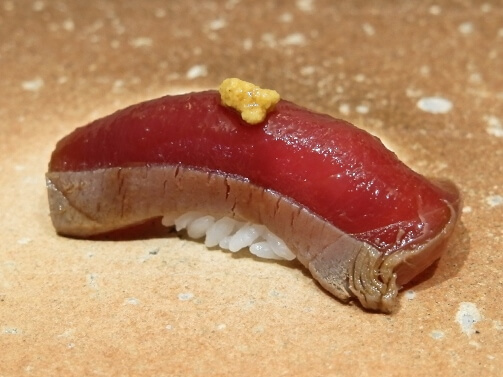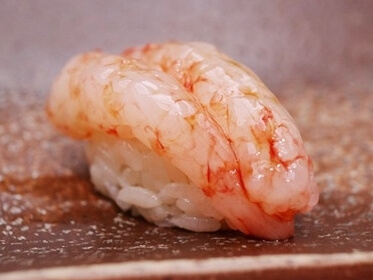
Japanese mustard, known as karashi, is made from oriental mustard seeds (typically Brassica juncea) and is a condiment known for its sharp, nose-burning spiciness. Unlike Western mustard, it contains no vinegar or sugar, giving it a clean, dry, and intense heat. It is used in Japanese and Chinese cuisine—commonly paired with oden, natto, tonkatsu, and dumplings.
Sushi chefs also use karashi as a subtle accent to offset the greasiness of fatty fish like bonito and tuna, playing a similar role to wasabi but with a sharper tone.
Western-style mustard, on the other hand, is typically made from white mustard seeds (Sinapis alba) and includes vinegar, salt, sugar, and other flavorings. This gives it a milder, tangy, and often slightly sweet flavor. It is commonly used in sandwiches, salad dressings, and as a condiment for sausages and cold meats.
There are many variations of Western mustard, including:
- Yellow mustard: mild and tangy, common in hot dogs.
- Dijon mustard: sharper and more complex, often used in French cuisine.
- Whole grain mustard: a blend of white and black mustard seeds, often used to flavor vinegars or dressings.
Comparison Points
Main Ingredient:
Japanese mustard uses oriental mustard seeds, while Western mustard typically uses white mustard seeds, sometimes blended with black mustard seeds for whole grain varieties.
Flavor Profile:
Karashi delivers a sharp, dry, pungent (heat that hits the nose, whereas Western-style mustard has a milder to spicy, tangy, and sometimes slightly sweet) flavor, depending on the type.
Acidity:
Japanese mustard contains no vinegar, which gives it a dry and clean heat. Western mustard includes vinegar, giving it a distinctive tangy acidity.
Common Uses:
Karashi is often used with oden, natto, and fatty fish like bonito and tuna, while Western mustard is commonly found in sandwiches, sausages, and salad dressings.
Texture:
Japanese mustard is typically a dry paste mixed from powder before use, while Western mustard is usually creamy, smooth, or grainy and ready to use from a jar or tube.

 Fish seasons are categorized as the ‘catch season’ and the ‘flavor season’. The ‘catch season’ is the time when lots of fish can be caught and are cheap. Take
Fish seasons are categorized as the ‘catch season’ and the ‘flavor season’. The ‘catch season’ is the time when lots of fish can be caught and are cheap. Take